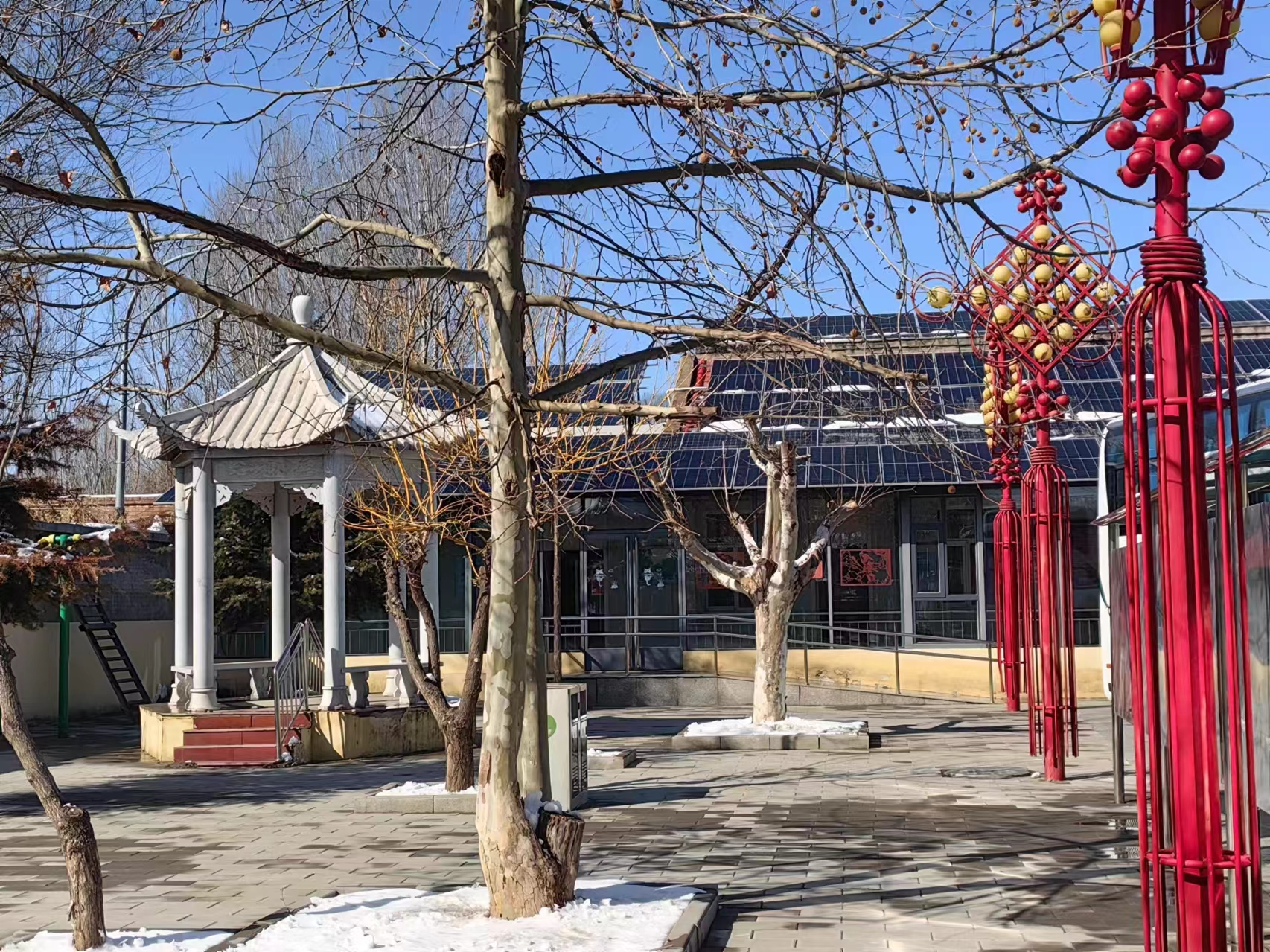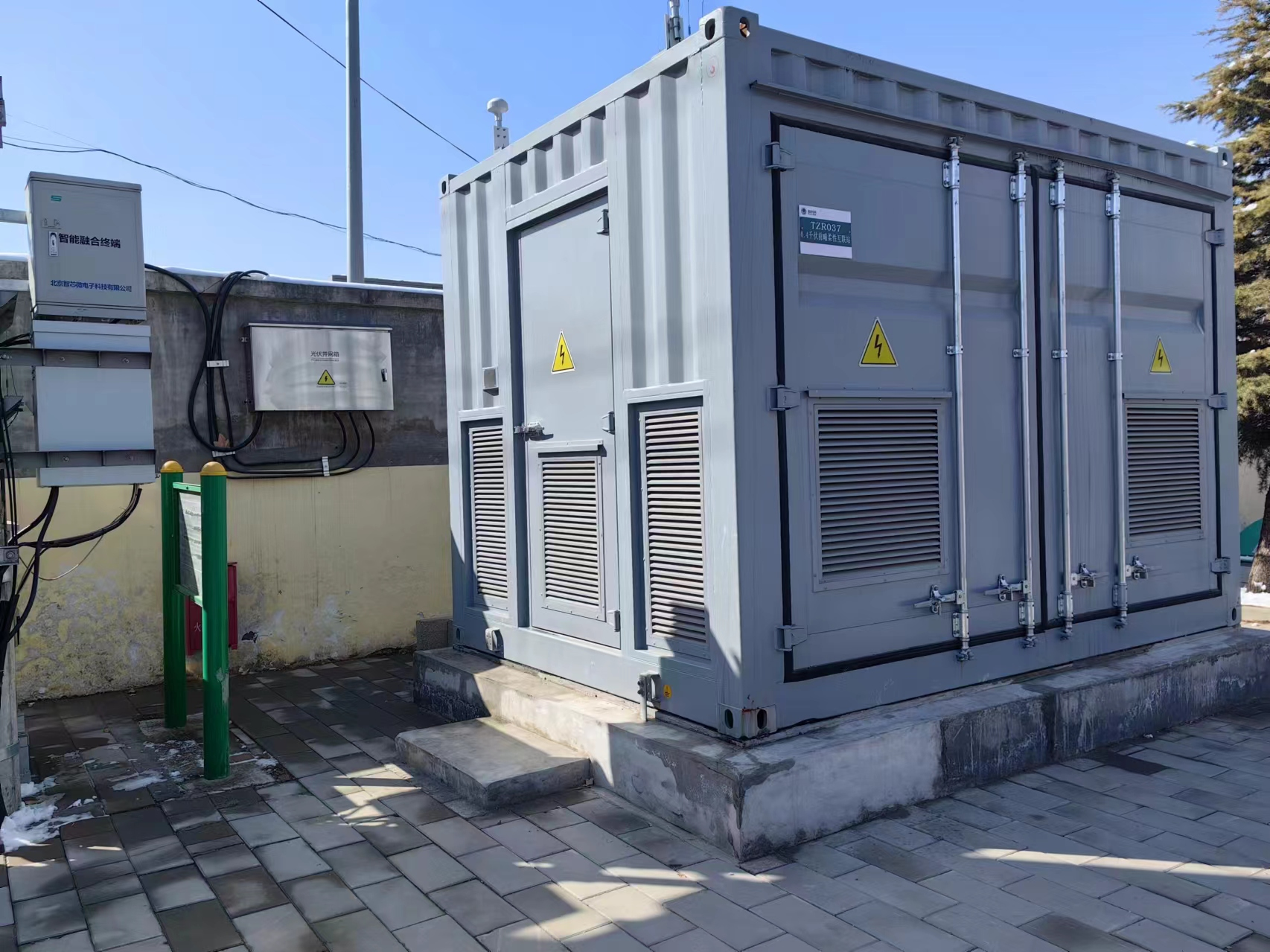Walking the grassroots in the New Year | "The air quality was good during the Spring Festival, and the electricity bill earned 1,035 yuan"
"During the Spring Festival this year, Beijing's air quality was good, and our family earned 1,035 yuan from photovoltaic power generation. Recently, the reporter followed the "New Year Grassroots" theme interview activity organized by the China Industry Newspaper Association and undertaken by Yingda Media Group, and walked into Qiantuan Village, Lucheng Town, Tongzhou District, Beijing, where local villager Jia Xufeng looked at the photovoltaic panels on the roof and said to reporters, "My relatives and villagers around me have installed them."

The photovoltaic panels on the roofs of the houses in Qiantuan Village are particularly bright against the background of the snow and the bright red Chinese knot.
Qiantuan Village, Lucheng Town, Tongzhou District, Beijing, is located in the southeast of the sub-center of the city, with an area of 970 acres and a forest coverage rate of 70%. At present, there are 130 villager households and 276 permanent residents, and it was rated as a national forest village in 2019 and a community-level demonstration village for the collaborative linkage of source, grid, load and storage in 2023.
"At present, the feed-in tariff for villagers is about 0.36 yuan. In 2023, the annual photovoltaic power generation capacity of the village will be about 1.01 million kWh, with green electricity accounting for 51.3%, and carbon emissions will be reduced by about 610 tons throughout the year. The person in charge of the State Grid Beijing Electric Power told reporters.
According to reports, in order to effectively ensure the photovoltaic consumption and grid connection, the State Grid Beijing Electric Power Company has increased the capacity of the transformer in Qiantuan Village, and the power supply capacity has been increased from 1260 kVA to 2000 kVA. Technical problems such as distributed photovoltaic group regulation and group control have built an AC/DC hybrid microgrid system, formed a mutual support and interconnection of photovoltaic consumption in various power supply station areas, solved the problem of high-density photovoltaic local and nearby consumption, effectively guaranteed that all user photovoltaic loads were integrated into the power grid, and fully opened up the micro-circulation of electric energy interconnection.

AC/DC hybrid microgrid system in Qiantuan Village.
"With photovoltaic power generation, is the electricity at home stable?" the reporter asked.
"The photovoltaic power generation in our village not only benefits the villagers, but also makes the electricity more stable. Jia Xufeng said quite happily.
"The AC/DC hybrid microgrid system solves the daily green energy experience of the villagers. In addition, we have also equipped two large-capacity energy storage mobile vehicles for Qiantuan Village, with a total capacity of 300 kWh. Ma Wenying, deputy general manager of State Grid Beijing Tongzhou Power Supply Company, stood in front of the AC and DC hybrid microgrid system and told reporters, "The villagers' photovoltaic power generation is self-consumed, and the excess power generation can also be charged into the energy storage mobile vehicle." In the event of an emergency situation and the whole village loses external power supply, the energy storage power generation vehicle can be quickly connected and the power supply of important loads such as office, communication, water supply, and emergency lighting can be quickly restored in the village. ”
"According to the plan, during the '14th Five-Year Plan' period, 900 kilowatts of photovoltaic construction will be added to Qiantuan Village, which is expected to reduce carbon emissions by about 1,200 tons after grid connection, providing a demonstration model for the reliable intervention of large-scale distributed power generation in rural areas. Ma Wenying said.
The AC/DC hybrid microgrid system in Qiantuan Village not only shows the new model and new experience of promoting carbon peak and carbon neutrality in rural areas, but also shows the new progress and new look of beautiful rural construction.







